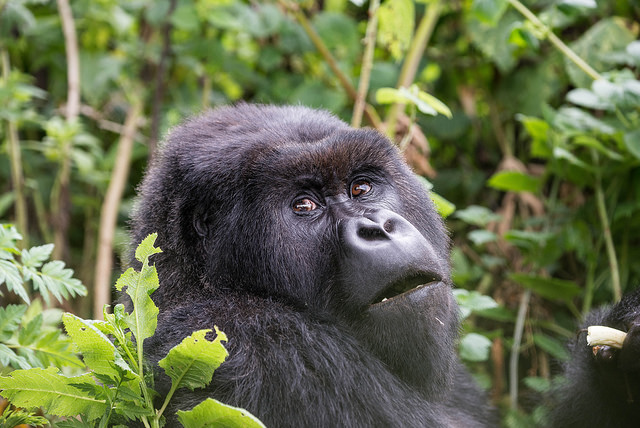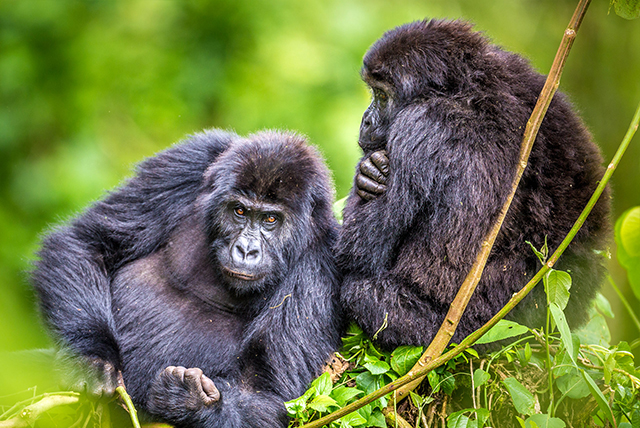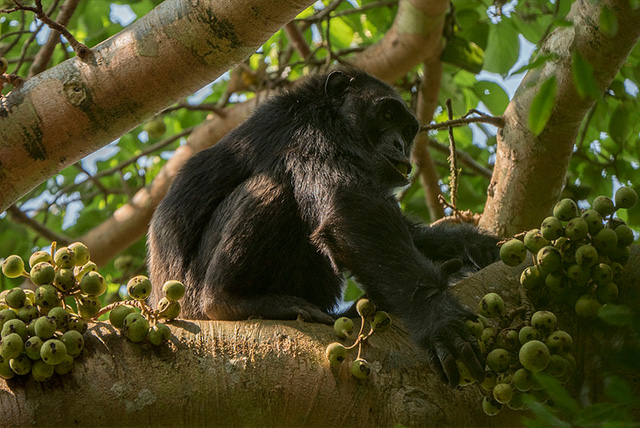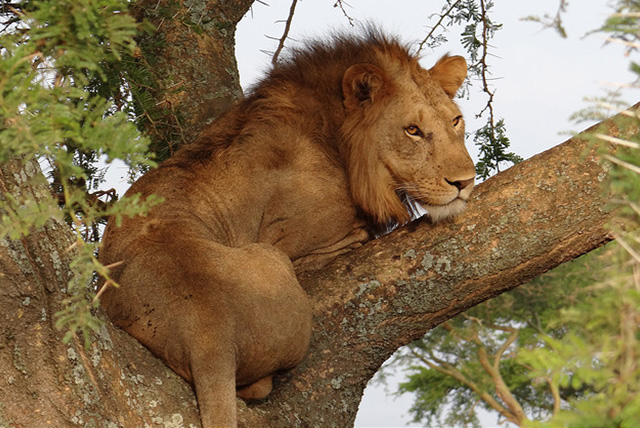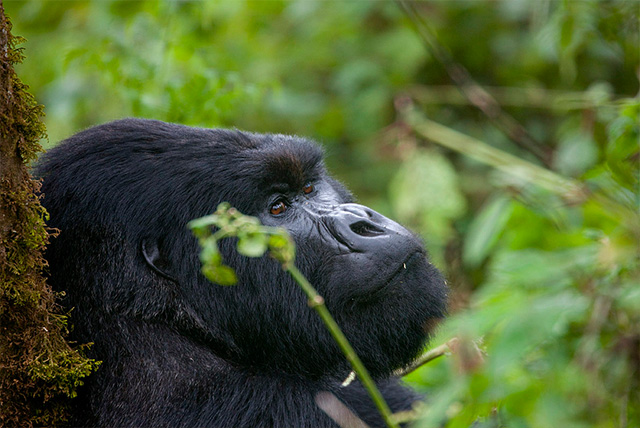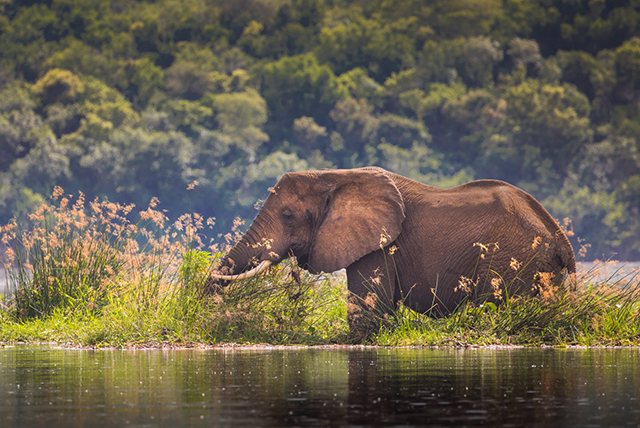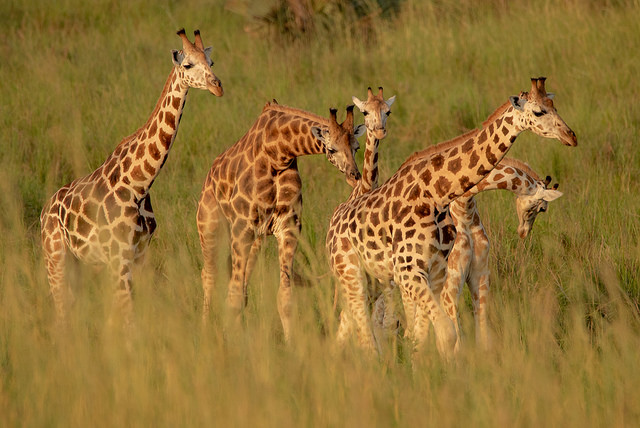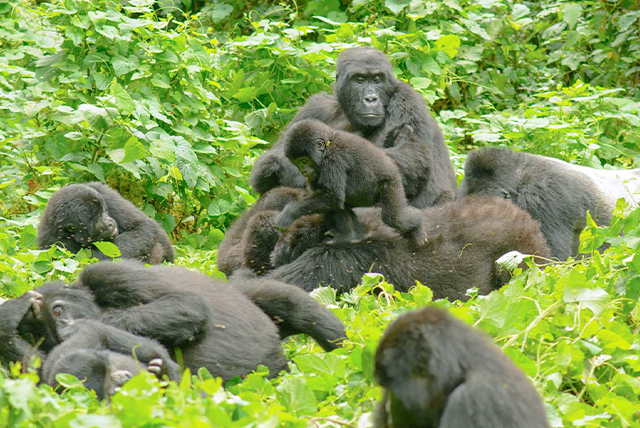Botswana Climate and Weather
Botswana boasts a subtropical desert climate, marked by striking contrasts between day and night temperatures, along with generally low humidity levels. For half the year, it experiences almost no rainfall, with the most precipitation occurring from December to March. In Europe and North America, winter and summer occur at opposite times of the year, aligning with the Dry and Wet seasons respectively.
Exploring the Climate of Maun in Relation to Botswana’s Parks
Botswana
Maun Maun
The climate of Botswana’s northern parks resembles that of Maun, yet in the Okavango, temperatures are a touch more moderate thanks to the plentiful water sources. Parks situated in the arid Kalahari landscape will present more intense conditions – sweltering during the day and frigid or icy at night. The southern and western regions encounter a bit less precipitation.
Dry Season – May to October – The time of winter
The winter season brings a dry spell, with minimal rainfall and pleasantly low humidity levels, usually ranging from 20% to 40%. Creatures will gather near waterholes and rivers when other sources of hydration diminish.
May – The mornings greet you with a refreshing chill, around 10°C/50°F, while the afternoons warm up to a pleasant 28°C/82°F.
June, July & August – Do not forget to bring your winter gear, as the early morning game drives can be quite chilly. The typical morning temperature hovers around 6°C/43°F. As night falls, temperatures can plunge below freezing, particularly in the arid regions of the Kalahari. Afternoons will be filled with delightful experiences, as temperatures hover around 25°C/77°F.
September & October – The warmth begins to intensify, and October can bring sweltering days with temperatures soaring to 38°C/100°F, while the afternoon averages hover around 34°C/93°F.
Rainy Season–November to April – Warm Season
As November and December roll in, the skies begin to fill with clouds, ushering in cooler temperatures and the chance of a late afternoon shower now and then. In December, the transformation persists, showcasing typical temperatures ranging from a refreshing 20°C/68°F in the morning to a warm 33°C/91°F by afternoon.
January & February – These months bring intense rainfall, often featuring heavy downpours in the afternoons and, at times, days of unrelenting rain. The sun blazes at about 32°C/90°F during the day, while the air is thick with humidity ranging from 50% to 80%.
March & April – The rain begins to lessen and the air gradually turns cooler. This trend carries on into April, where the weather is delightful, with clear skies and minimal cloud cover. The nights bring a refreshing chill, while the days bask in a delightful warmth of 30°C/86°F.


